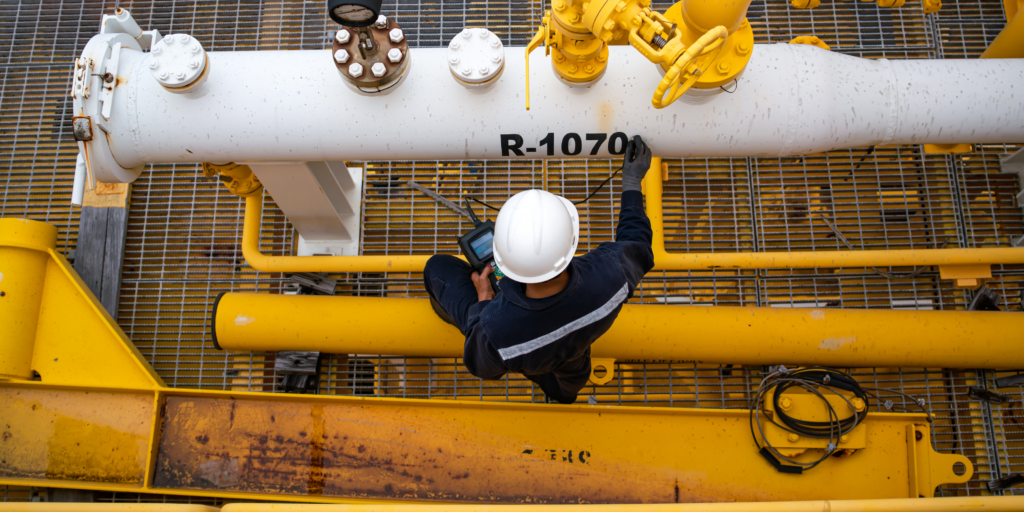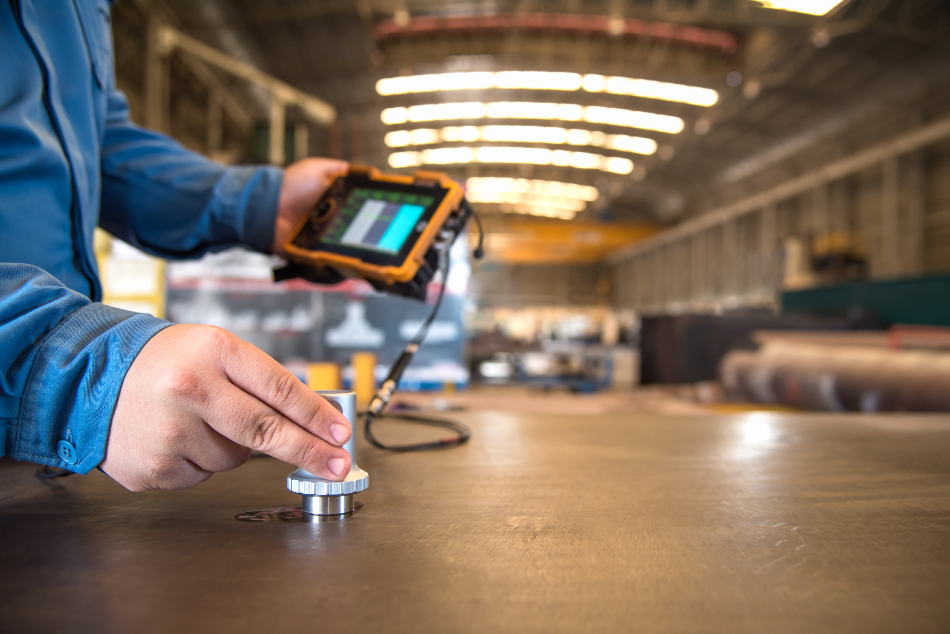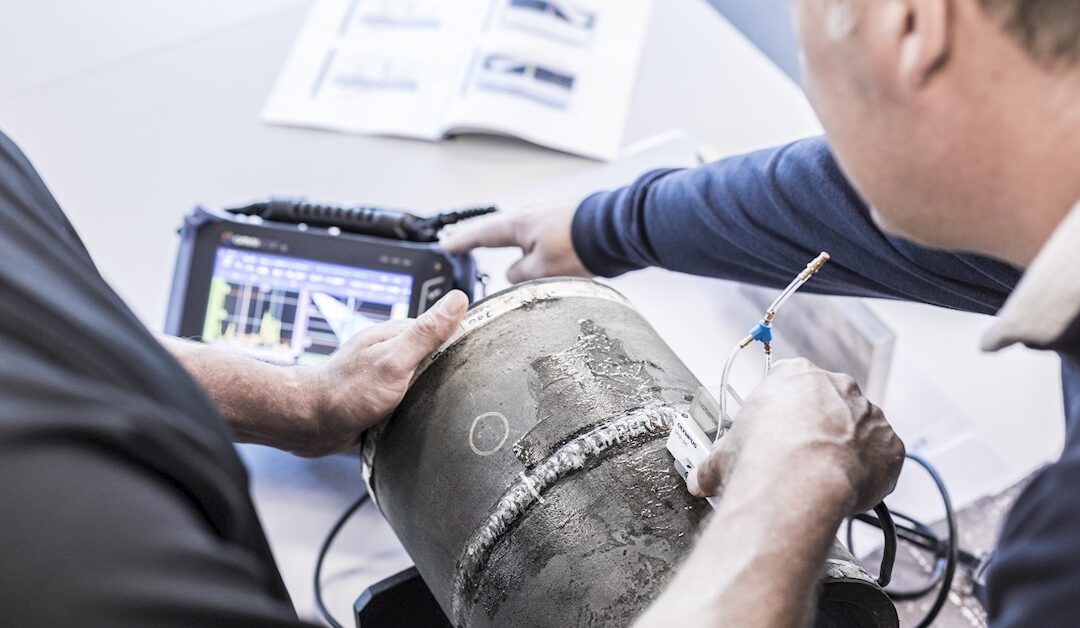In the world of industrial quality assurance, knowing how to synchronize inspection sensors is crucial for ensuring seamless operations. Synchronizing these sensors correctly can lead to more accurate inspections, reduced downtime, and improved productivity. This guide aims to provide insight into the synchronization process, focusing on strategies and best practices for industry QA professionals.

Understanding Inspection Sensors
Before diving into synchronization, it’s vital to understand what inspection sensors are. These sophisticated devices are used to monitor and assess the quality of products on a production line. Sensors can detect defects, measure dimensions, and ensure that items meet specifications.
Types of Inspection Sensors
There are various types of sensors used in industrial inspections, including optical, ultrasonic, and thermal sensors. Each type has specific applications and benefits, making it important to choose the right sensor for your needs.
The Importance of Synchronization
Synchronization ensures that all inspection sensors work in unison, providing accurate and reliable data. Without proper synchronization, sensors may operate out of phase, leading to inaccurate readings and potential quality issues.
Benefits of Proper Synchronization
By synchronizing sensors effectively, you can achieve consistent data, reduce error rates, and enhance the overall efficiency of your inspection process. This, in turn, contributes to higher product quality and improved customer satisfaction.
Steps to Synchronize Inspection Sensors
Now, let’s explore the steps involved in synchronizing inspection sensors. It’s a detailed process that requires careful planning and execution.
Step 1: Define Your Objectives
Before you start, it’s important to define what you aim to achieve with synchronization. This could include improving accuracy, increasing throughput, or reducing downtime.
Step 2: Choose the Right Technology
Selecting the appropriate technology is key. Depending on your application, you might need a specific type of sensor or synchronization system.
Step 3: Calibration
Calibration is essential for ensuring that all sensors are aligned and provide accurate readings. This step may involve adjusting sensor settings and performing test runs.
Step 4: Integration
Integrate the synchronized sensors into your existing systems. This may require programming and configuration to ensure seamless operation.
Step 5: Testing and Validation
Conduct thorough testing and validation to confirm that the synchronization is functioning as expected. This step helps identify any issues that need to be addressed.
Challenges in Synchronization
While synchronization offers many benefits, it also presents challenges. These can include technical issues, compatibility problems, and the need for skilled personnel.
Overcoming Common Challenges
To overcome these challenges, it’s important to work with experienced professionals, invest in training, and stay updated with the latest technology and practices.
Future Trends in Sensor Synchronization
The field of sensor synchronization is constantly evolving. Emerging trends include the use of artificial intelligence, machine learning, and advanced algorithms to enhance synchronization processes.
AI and Machine Learning
AI and machine learning are being increasingly utilized to optimize sensor synchronization. These technologies can improve accuracy and efficiency by analyzing vast amounts of data and making real-time adjustments.
Conclusion
Synchronization of inspection sensors is a critical component of industrial quality assurance. By understanding the process and implementing best practices, you can ensure accurate inspections, improve product quality, and enhance productivity. For more insights, you can visit optical inspection devices and frequency optimization.

FAQ
What are inspection sensors?
Inspection sensors are devices used to monitor and assess the quality of products on a production line. They can detect defects, measure dimensions, and ensure items meet specifications.
Why is sensor synchronization important?
Sensor synchronization ensures that all sensors work together, providing accurate and reliable data. This is crucial for maintaining product quality and efficient operations.
What challenges are associated with sensor synchronization?
Challenges include technical issues, compatibility problems, and the need for skilled personnel. Overcoming these requires experience, training, and staying updated with technology.
This article contains affiliate links. We may earn a commission at no extra cost to you.
